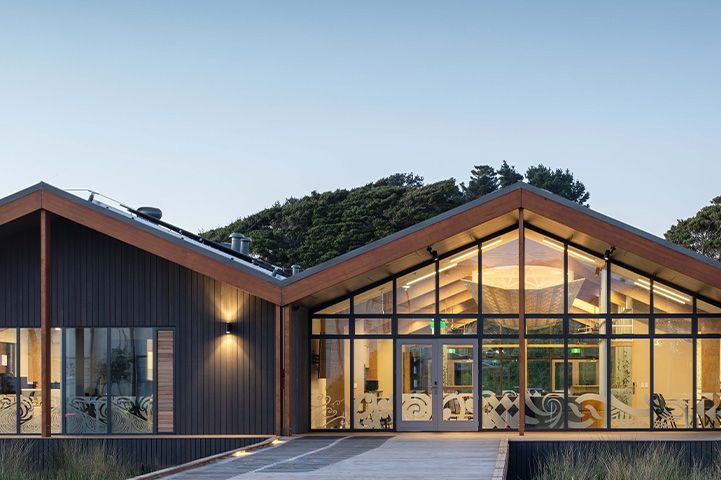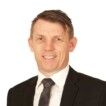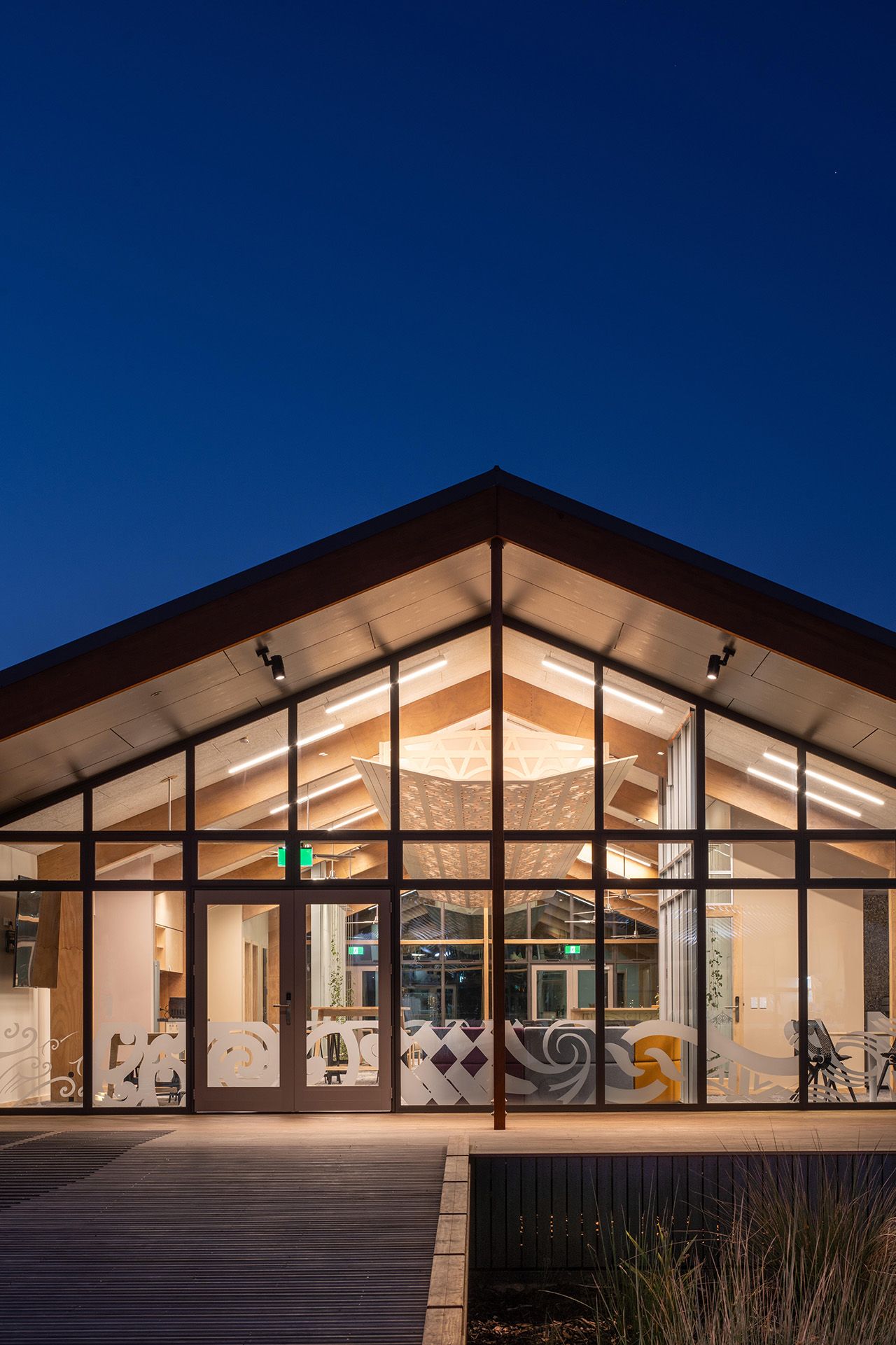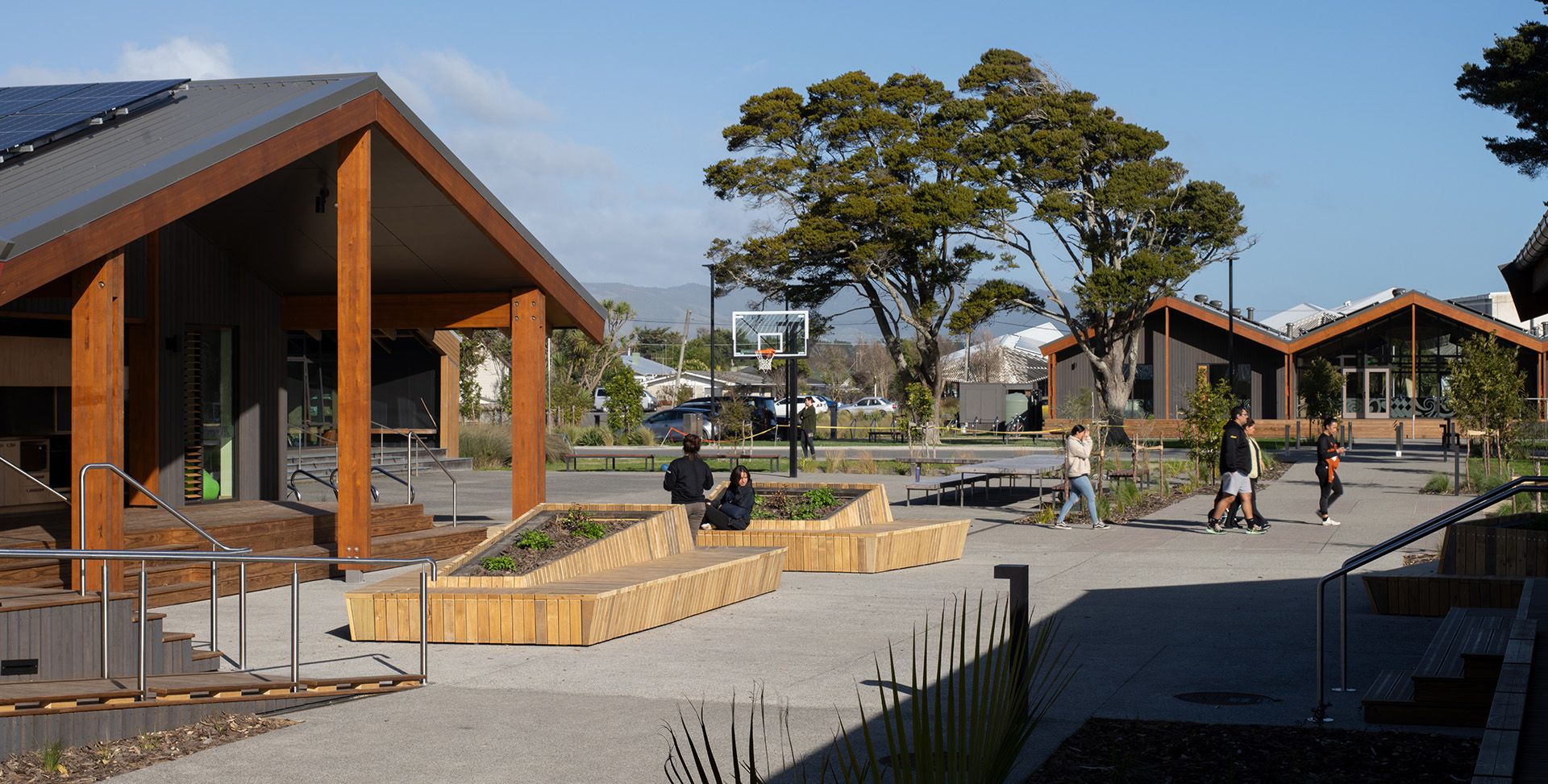TE WĀNANGA O RAUKAWA – PĀ REO
This project has been completed through the lens of Te Ao Māori and under the guiding values of the Wānanga. Four of the guiding principles for this project have been Kaitiakitanga, Manaakitanga, Rangatiratanga and Pūkengatanga.
Kaitiakitanga is the principle that maintains the protection of the environment, people and resources that values guardianship, stewardship, sustainability and cultural heritage. It is through this philosophy of Kaitiakitanga that the new Pā Reo buildings were designed and constructed. Te Wānanga o Raukawa’s new campus buildings show the world how a shift in mindset can deliver a cleaner, and more sustainable built environment.
Established in 1981, Te Wānanga o Raukawa offers education, training and cultural learning with a focus on Māori culture and values. The university’s Ōtaki campus is located on the west coast of New Zealand’s North Island, around 70 kilometres north of New Zealand’s capital city Wellington. The four new buildings – an administrative building called Te Moana o Raukawa, and three research and educational facilities called Waitapu, Rangataua and Mīria te Kakara – were named and dedicated by members of Te Āti Awa, Ngāti Raukawa and Ngāti Toa Rangatira in May 2023.
At a glance
- ClientTe Wānanga o Raukawa
- ServicesCertainty
- sectorEducation & Research
- LocationŌtaki, New Zealand
Balancing sustainability, quality and cost with fresh perspectives and Te Ao Māori values.
The secret to every project’s success, regardless of its size, significance or commitment to sustainability, is to balance quality against cost. Cost certainty during the design and construction of Te Wānanga o Raukawa’s buildings relied on RLB’s robust methodology, up-to-date data and skilled staff. With a global cost database and powerful software at our fingertips, RLB’s team could prepare accurate and detailed tender documentation and cost estimates, and offer expert advice throughout the project to help ensure that the project objectives are able to be met.
Every element of Te Wānanga o Raukawa’s new Pā Reo campus development was aligned with the Te Ao Māori approach and assessed against the guiding principles of the Wānanga – greater good over personal gain.Cameron Whyte, Principal, RLB
RLB understands that cost is just one measure of value. With an abiding commitment to kaitiakitanga, Te Wānanga o Raukawa’s project team looked for opportunities to enhance energy efficiency, reduce resource consumption or save on embodied carbon. In doing so, we helped Te Wānanga o Raukawa to unearth new environmental and social value.
Kaitiakitanga embodies Māori values and a sustainable vision
The new area of campus will produce 105% of its daily energy needs through solar power.
Rainwater is captured, sewerage treated onsite, and the lush grounds planted with rongoā (medicinal native flora) and hua rākau (fruit trees).
- 160tonnes
of embodied carbon saved
- 85%
less embodied carbon than business-as-usual
- 100%
of daily energy needs generated by the sun
A sustainable future, one challenge at a time
Architecture firm Tennent Brown Architects designed the Pā Reo campus Development to meet Living Building Challenge certification. Living buildings give back more than they consume, operate as cleanly as nature’s architecture, and enhance the human and natural systems that interact with them. Under the Living Building Challenge guidelines, each building must meet seven performance criteria: site, water, energy, health, materials, equity and beauty. Living Building Challenge certification is awarded after 12 months of operations – which means Te Wānanga o Raukawa’s achievements will be verified in 2024.
Embodied carbon – the emissions generated upfront during raw material extraction and manufacture, transport and installation – are a looming challenge the world over. Through careful design and specification, the campus saved more than 160 tonnes of embodied carbon emissions with engineered timber that was verified by an Environmental Product Declaration. The engineered timber was cut to exact dimensions, based on 3D modelling, eliminating waste and unnecessary transportation emissions.
Cleaner, greener and more sustainable
As the largest independent quantity surveying business in Aotearoa New Zealand, and as a trusted cost consultant for major public and private projects, RLB is in lockstep with our clients on climate action. We have achieved net zero certification for all our offices in Aotearoa New Zealand. We provide advice on embodied carbon in construction, promote whole-of-life thinking and were priviliged to support Te Wānanga o Raukawa to achieve its sustainability ambitions.

FURTHER INFORMATION:




